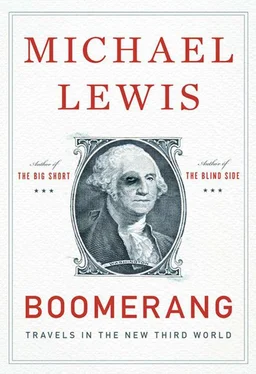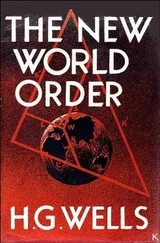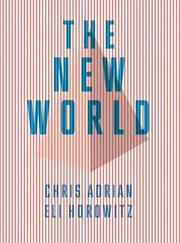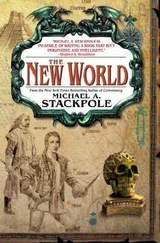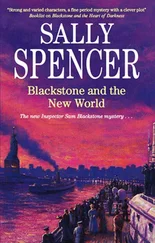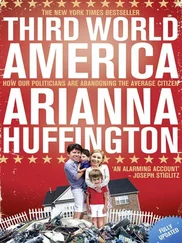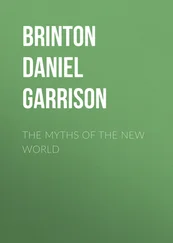The wet hedgerows cultivated along the highway to hide the wet road from the wet houses now hide the wet houses from the wet road. PICTURE OF THE VILLAGE OF THE FUTURE, reads a dripping billboard with a picture of a village that will never be built. Randomly selecting a village that appears to be more or less finished, we pull off the road. It’s an exurb, without a suburb. GLEANN RIADA, reads the self-important sign in front. It’s a few dozen houses in a field, attached to nothing but each other, ending with unoccupied slabs of concrete buried in weeds. You can see the moment the money stopped flowing from the Irish banks, the developer folded his tent, and the Polish workers went home. “The guys who laid this didn’t even believe it was supposed to be finished,” says Ian. The concrete slab, like the completed houses, is riven by the cracks that you see in a house after a major earthquake but which in this case are caused by carelessness. Inside, the floors are littered with trash and debris, the fixtures have been ripped out of the kitchen, and mold spreads spiderlike across the walls. The last time I saw an interior like this was in New Orleans after Katrina.
Ireland’s Department of the Environment published its first audit of the country’s new housing stock in 2009, after inspecting 2,846 housing developments, many of them ghost estates. The government granted planning permission for 180,000 units, of which more than 100,000 are unoccupied. Some of those that are occupied remain unfinished. Virtually all construction has now ceased. There aren’t enough people in Ireland to fill the new houses; there were never enough people in Ireland to fill the new houses. Ask Irish property developers who they imagined was going to live in the Irish countryside and they all laugh the same uneasy laugh and offer up the same list of prospects: Poles; foreigners looking for second homes; entire departments of Irish government workers, who would be shipped to the sticks in a massive, planned relocation plan that somehow never materialized; the diaspora of seventy million human beings with some genetic link to Ireland. The problem that no one paid all that much attention to during the boom was that people from outside Ireland, even those with a genetic link to the place, have no interest in owning houses in Ireland. “This isn’t an international property market,” says an agent at Savills’s Dublin branch named Ronan O’Driscoll. “There aren’t any foreign buyers. There were never foreign buyers.” Dublin was never London. The Irish countryside will never be the Cotswolds.
WHICH WAY ENTIRE nations jumped when the money was made freely available to them obviously told you a lot about them: their desires, their constraints, their secret sense of themselves. How they reacted when the money was taken away was equally revealing. In Greece the money was borrowed by the state: the debts are the debts of the Greek people, but the people want no part of them. The Greeks already have taken to the streets, violently, and have been quick to find people outside of Greece to blame for their problems: monks, Turks, foreign bankers. Greek anarchists now mail bombs to German politicians and hurl Molotov cocktails at their own police. In Ireland the money was borrowed by a few banks, and yet the people seem not only willing to repay it but to do so without so much as a small moan. Back in the autumn of 2008, after the government threatened to means-test the medical care, the old people had marched in the streets of Dublin. A few days after I’d arrived, the students followed suit, but their protest was less public anger than theater, and perhaps an excuse to skip school. (DOWN WITH THIS SORT OF THING, read one of the signs.) I’d tapped two students as they stumbled away from the event, to ask them why they had all painted yellow streaks onto their faces. They looked at each other for a beat. “Dunno!” one finally said, and burst out laughing.
Other than that . . . silence. It’s more than three years since the Irish government foisted the losses of the Irish banks on the Irish people, and in that time there have been only two conspicuous acts of Irish social unrest. In early 2009, at AIB’s first shareholder meeting after the collapse, a senior citizen hurled rotten eggs at the bank’s executives. And late one night in September 2010, a property developer from Galway named Joe McNamara painted his cement mixer with anti-banker slogans, climbed inside the cab, drove across the country, and, after locking its brakes and disabling the release, stalled the machine between the gates of the Parliament. The elderly egg-thrower was a distant memory, but McNamara was still, more or less, in the news: declining requests for interviews. “Joe is a private person,” his lawyer told me. “Joe feels like he’s made his point. He doesn’t want any media attention.”
Before he’d parked his cement mixer in the Parliament’s driveway, McNamara had been a small-time builder. He’d started out laying foundations, and, like a lot of tradesmen from the sticks, he’d been given a loan by Anglo Irish Bank. Thus began his career as a property developer. He’d moved to Galway, into a tacky new development beside a golf course, but the source of his financial distress lay an hour or so beyond the city, in a resort hotel he’d tried to build in the tiny village in which he’d gown up, called Keel, on a remote island called Achill. “Achill,” says Ian, after I tell him that’s where I’d like him to drive me, then goes silent for a minute, as if giving me time to reconsider. “This time of year Achill’s going to be fairly bleak.” He thinks another minute. “Mind you, in the summer it can be fairly bleak as well.”
It’s twilight as we roll across the tiny bridge and onto the island. On either side of the snaking single-lane road, peat bogs stretch as far as the eye can see. The feel is less “tourist destination” than “end of the earth.” (“The next stop is Newfoundland,” says Ian.) The Achill Head Hotel—Joe’s first venture, still run by his ex-wife—was closed and dark. But there, smack in the middle of the tiny village of his hometown of Keel, was the source of all of Joe McNamara’s financial troubles: a giant black hole, surrounded by bulldozers and materials. He’d set out in 2005 to build a modest one-story hotel with twelve rooms. In April 2006, with the Irish property market exploding, he’d expanded his ambition and applied for permission to build a multistory luxury hotel. At exactly that moment, the market turned. “We went away in June of 2006,” Ronan O’ Driscoll, the Savills broker, told me. “We came back in September and everything had just stopped. How does everyone decide at once that it is time to stop—that it’s become mad?”
For the past four years the hotel site had scarred the village. But it wasn’t until May 2010 that Anglo Irish Bank, which had lent McNamara the money to develop it, threatened to force him into receivership. Irish bankruptcy laws were not designed for spectacular failure, perhaps because the people who wrote them never imagined spectacular success. When a bank forces an Irish person into receivership, it follows up with a letter to his blood relations, informing them of his insolvency—and his shame. A notice of the bankruptcy is published in one national and one local newspaper. For as many as twelve years the Irish bankrupt is not permitted to take out a loan for more than 650 euros, or to own assets amounting to more than 3,100 euros, or to travel abroad without government permission. For twelve years part of what he earns may pass directly to his creditors. “It’s not like the United States, where being bankrupt is almost a badge of honor,” says Patrick White, of the Irish Property Council. “Here you are effectively disbarred from commercial life.”
Читать дальше
